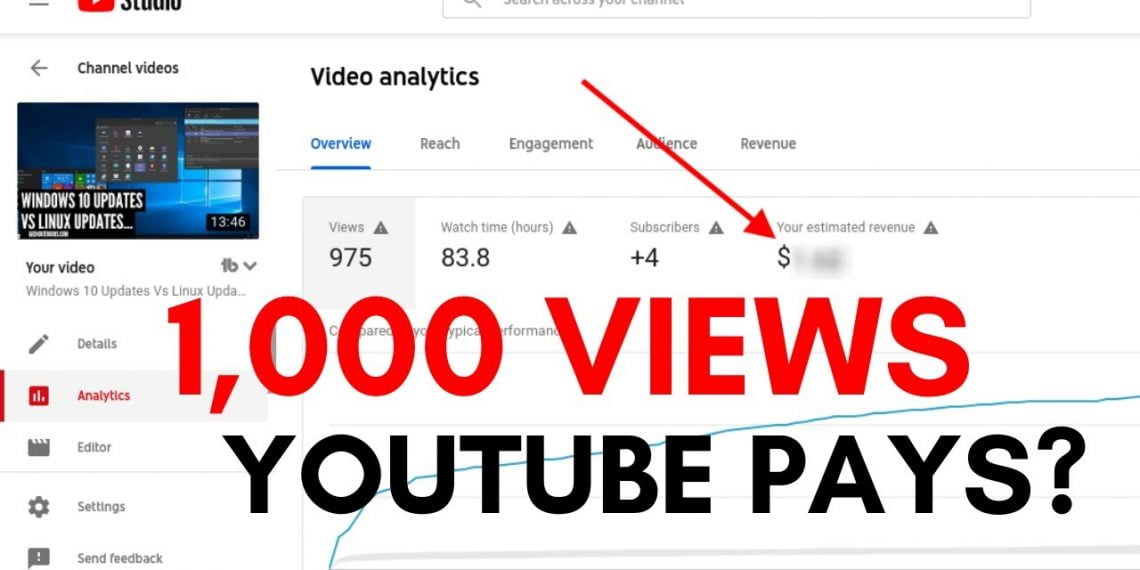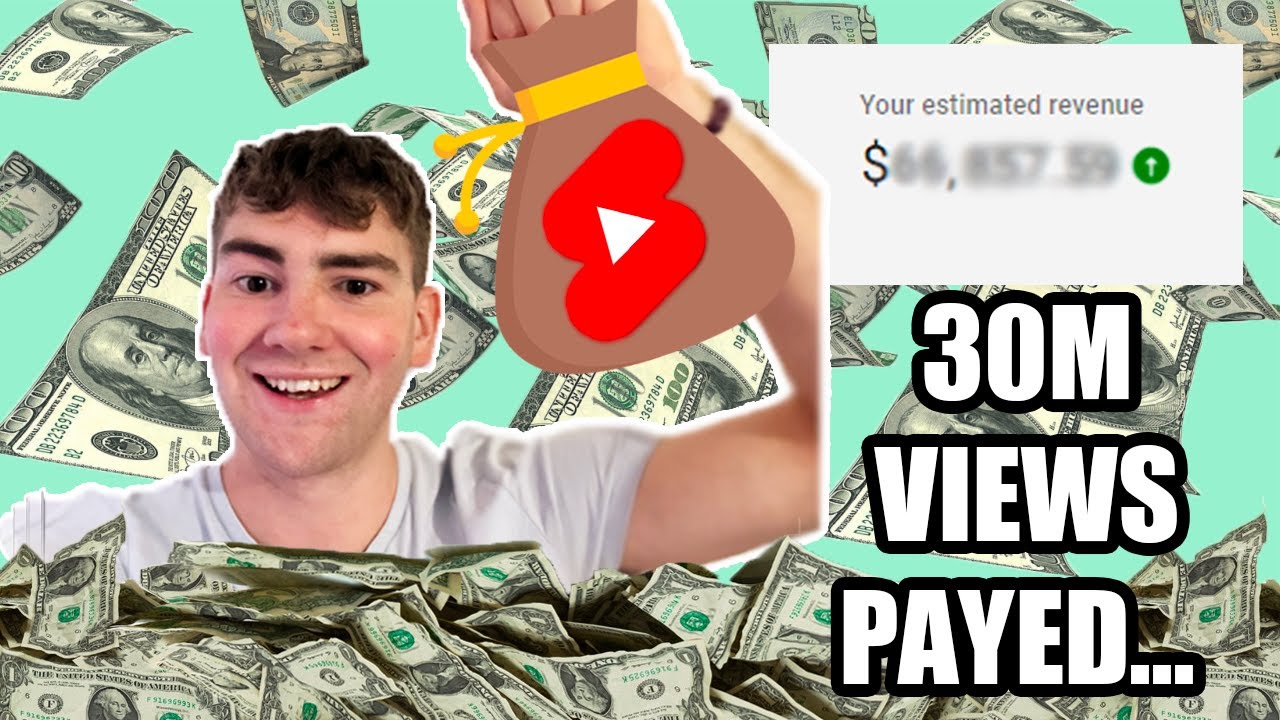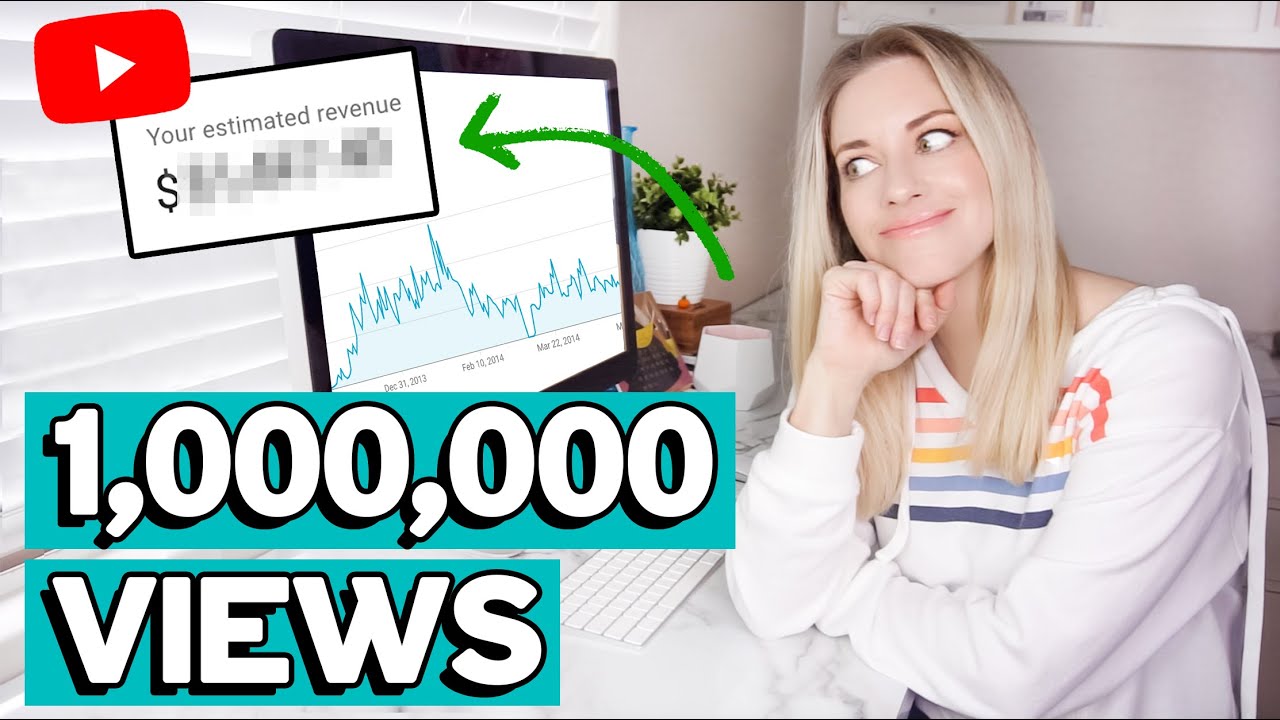YouTube has become a significant platform for content creators to share their passions and earn money in the process. But how does payment work when we start talking about metrics like "20,000 views"? Understanding how YouTube compensates creators for their work can feel like a vast ocean of confusion. In this blog post, we'll break it down, dive into the factors that influence payments, and help you grasp the broader picture of earnings on
Factors Influencing YouTube Payments

When it comes to YouTube payments, it's not as simple as just counting the number of views. Several factors come into play that can significantly affect how much a creator earns per view. Let's explore these key factors:
- Ad Revenue: The primary way YouTubers make money is through ad revenue via the YouTube Partner Program. Advertisers pay YouTube to display their ads, and a portion of this revenue is shared with creators.
- CPM (Cost Per Mille): This is the average amount advertisers pay per 1,000 views on videos. CPM can vary based on factors such as audience demographics, geographic location, and niche. For example, a finance channel may have a higher CPM compared to a gaming channel.
- Engagement Rate: Higher engagement (likes, shares, and comments) can lead to better visibility and potentially higher pay. YouTube often rewards engaging content that keeps viewers watching longer.
- Content Type: Certain types of content, like product reviews or tutorials, generally attract higher ad bids, which can increase earnings compared to vlogs or lifestyle content.
- Geographic Location: The location of your viewers plays a crucial role in earnings. Ads targeted to viewers in countries with higher purchasing power (like the USA or Canada) tend to have higher CPMs.
- Seasonality: Advertiser spending typically varies by season, with some months (like holidays) seeing a spike in advertising budgets, which could boost potential earnings.
Understanding these factors can help channel creators strategize their content, engage their audiences better, and maximize their earnings! Whether you're just starting or looking to boost your existing channel, a grasp of these elements can significantly impact your revenue stream.
Exploring the YouTube Monetization Model

YouTube monetization is the magical process that transforms views into earnings. But how does it actually work? Let’s break it down in a way that’s easy to understand. YouTube creators can earn revenue through several channels, primarily focused on advertisements.
At the core, YouTube's monetization model allows creators to make money primarily through ads. Here’s how the key components play out:
- Ad Revenue: This is where most creators generate income. When viewers watch ads that appear before, during, or after videos, creators earn a portion of that revenue. Two main types of ads feature here: skippable ads and non-skippable ads.
- YouTube Partner Program (YPP): To start earning ad revenue, creators need to join the YPP, which requires at least 1,000 subscribers and 4,000 watch hours in the past 12 months. Once accepted, their videos become eligible for monetization.
- Memberships and Merchandise: Beyond ads, creators can also earn money through channel memberships, where fans pay for perks, and merchandise sales, connecting directly to their audience’s interests.
- Super Chats and Donations: During live streams, fans can send Super Chats to creators, showcasing their support and appreciation, which converts into cash!
The beauty of YouTube’s monetization model lies in its flexibility. Creators can mix and match these revenue streams based on their audience and content style, making it a dynamic platform for earning.
Typical Earnings for 20000 Views

Alright, so you’ve got your video up and it's racked in 20,000 views. But what does that translate to in terms of earnings? Well, that generally depends on a few factors, including ad types, audience demographics, and engagement rates. Let's dive into typical earnings!
Most creators earn through ads on their videos, usually receiving a payment from advertisers per 1,000 views, known as CPM (Cost Per Mille). Here’s a quick breakdown:
| Category | CPM Range ($) | Estimated Earnings for 20,000 Views ($) |
|---|---|---|
| Low Engagement | $0.50 - $2.00 | $10 - $40 |
| Average Engagement | $2.00 - $5.00 | $40 - $100 |
| High Engagement | $5.00 - $10.00 | $100 - $200 |
So, if we break it down, the typical earnings for 20,000 views can range significantly, from as low as $10 in niche markets to potentially over $200 in highly engaged segments.
Remember, these figures are just ballpark estimates! Factors like the nature of the content and the audience’s location can significantly sway your earnings. So, while 20,000 views is an impressive milestone, knowing the variances in earnings helps set your financial expectations right!
How to Increase Your YouTube Earnings
Are you looking to boost your earnings on YouTube? You're not alone! Many creators are on a quest to transform their passion for video-making into a steady income stream. Here are some effective strategies to help you increase your YouTube earnings:
- Create High-Quality Content: Quality trumps quantity! Focus on providing valuable content that resonates with your audience. Engaging videos are more likely to be shared, leading to increased views and, consequently, higher earnings.
- Optimize Your Videos for SEO: Use relevant keywords in your title, description, and tags. This will improve your visibility in search results, helping more viewers discover your content.
- Engage with Your Audience: Respond to comments, ask for feedback, and create polls. The more you interact, the more your audience will feel connected, which can lead to more views, likes, and subscriptions.
- Utilize Social Media: Promote your videos on platforms like Instagram, Twitter, and Facebook. Cross-promotion can bring in new viewers who wouldn’t have found your content otherwise.
- Collaborate with Other Creators: Partnering with fellow YouTubers can help you reach a broader audience. When you collaborate, you tap into each other's subscriber base, boosting your views.
- Monetization Strategies: Explore various monetization options such as channel memberships, merchandise shelf, and Patreon. Diversifying your income sources can significantly enhance your earnings.
By applying these strategies, you can maximize your chances of earning more on YouTube, making your video-making journey a lucrative one!
Conclusion
Understanding payment for 20,000 views on YouTube is just the beginning of your journey as a content creator. While the revenue from views might seem modest at first, especially when you take into account the fluctuating CPM (Cost Per Thousand Impressions), your potential earnings can grow significantly over time as you build your channel. Remember, the key lies in creating a steady flow of engaging content that resonates with your audience.
In conclusion:
- Focus on quality and consistency in your uploads.
- Engage with your audience to build a community.
- Optimize your videos for better visibility.
- Explore various monetization avenues.
With dedication, creativity, and strategic planning, your YouTube channel can evolve from a hobby into a sustainable income source. Keep experimenting and adapting your strategy, and you'll likely see your earnings start to rise. Happy creating!
 admin
admin








